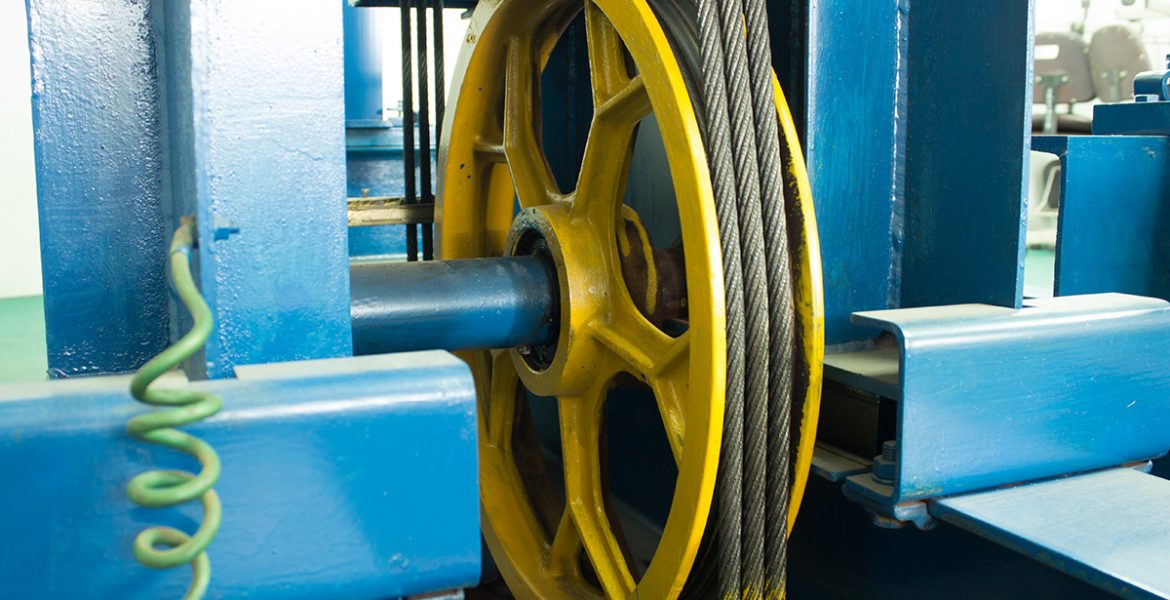How Lift Maintenance London Stands Out Among Local Lift Repair Companies
How Lift Maintenance London Stands Out Among Local Lift Repair Companies
Blog Article
Comprehensive Overview to Lift Equipments and Their Maintenance
Browsing the elaborate globe of lift systems and their upkeep is a job that demands accuracy and expertise. From the various types of lift systems in usage to the thorough adherence to safety policies, the upkeep of these upright transportation devices is a complex undertaking.
Kinds of Lift Equipments
Lift systems been available in numerous kinds, each made to match specific building needs and customer demands. The most typical types include hydraulic elevators, grip lifts, machine-room-less lifts, and vacuum lifts. Hydraulic elevators are excellent for low-rise buildings and use a hydraulic piston to move the elevator car. Grip lifts, on the other hand, are a lot more suited for skyscrapers and use steel ropes and weights to move the cars and truck. Machine-room-less elevators are a space-saving alternative as they do not call for a separate maker area for the lift machinery. Vacuum cleaner elevators, a much more modern technology, usage air pressure differentials to relocate the car within a transparent tube.
Each kind of lift system has its own advantages and drawbacks, making it critical for building proprietors and programmers to meticulously consider their particular needs before selecting the most suitable alternative. Aspects such as constructing height, room accessibility, power effectiveness, and budget plan restraints all play a substantial function in figuring out the most effective lift system for a specific building.
Common Upkeep Issues
Normal maintenance of lift systems is essential to make sure smooth procedure and prolong their life-span. In spite of regular upkeep, elevator systems can still come across typical upkeep issues that need to be promptly resolved to stop disruptions in service. Normal evaluations and aggressive upkeep can assist identify and deal with these common maintenance problems prior to they rise and impact the general performance of the lift system.
Safety Rules and Compliance
Complying with rigid security policies and guaranteeing conformity with market standards are extremely important for maintaining the functional stability of elevator systems. Elevators are subject to a thorough set of safety and security regulations to safeguard guests, maintenance employees, and the public. Governing bodies such as the Occupational Safety And Security and Health Management (OSHA) in the USA and the European Lift Organization (ELA) in Europe develop guidelines that cover numerous facets of elevator design, installment, maintenance, and operation.
Conformity with these policies is not just a legal need however also a moral responsibility for building proprietors and elevator upkeep companies. Routine examinations, maintenance checks, and adherence to security methods laid out in the regulations are necessary to make certain the reliable and risk-free procedure of elevator systems.
Ideal Practices for Maintenance

An additional important finest practice is to promptly address any noted issues or unusual sounds to stop more damage. Executing an aggressive approach to upkeep can conserve time and cash over time by preventing costly repair services or replacements. Structure proprietors ought to likewise consider purchasing innovation upgrades to boost the efficiency and safety and security of their lift systems. By following these best practices, elevator systems can run efficiently and safely, providing reliable upright transport for owners.

Advanced Technologies for Effectiveness
Carrying out innovative technologies in elevator systems can substantially boost operational efficiency and passenger experience. lift maintenance company. One of the vital improvements in elevator technology is the intro of location control systems. These systems permit guests to input their desired flooring before entering the lift, which after that guides them to one of the most effective vehicle. By maximizing and decreasing unnecessary stops traveling courses, destination control systems decrease wait times and blockage in high-traffic structures.
Moreover, the combination of clever sensing units and predictive maintenance capabilities has actually changed elevator upkeep. These sensors can detect possible issues prior to they rise, making it possible for positive maintenance interventions and minimizing downtime. In addition, the use of energy-efficient elements and regenerative drives helps in reducing power consumption and operating expense in lift systems.
Furthermore, the execution of cloud-based i thought about this monitoring and remote diagnostics enables real-time monitoring of elevator efficiency and prompt troubleshooting of any type of malfunctions. This aggressive strategy not only boosts system integrity but also boosts the overall customer experience by making certain smooth and undisturbed elevator operations.
Verdict
In final thought, understanding the different sorts of lift systems, common maintenance problems, safety laws, best maintenance practices, and progressed modern technologies for effectiveness is vital for guaranteeing the smooth operation of lifts. By adhering to security guidelines and executing finest techniques for upkeep, building proprietors can extend the life-span of their elevator systems and make sure the security of travelers. It is vital to stay upgraded on the current developments in elevator modern technology to boost effectiveness and reliability.
The most usual kinds visit this site right here include hydraulic lifts, traction elevators, machine-room-less elevators, and vacuum cleaner lifts. Hydraulic lifts are excellent for low-rise structures and use a hydraulic piston to move the elevator cars and truck. Machine-room-less elevators are a space-saving choice as they do not call for a different machine room for the lift equipment. Regular inspections and proactive upkeep can help identify and my site solve these common upkeep issues before they intensify and influence the general performance of the lift system.

Report this page